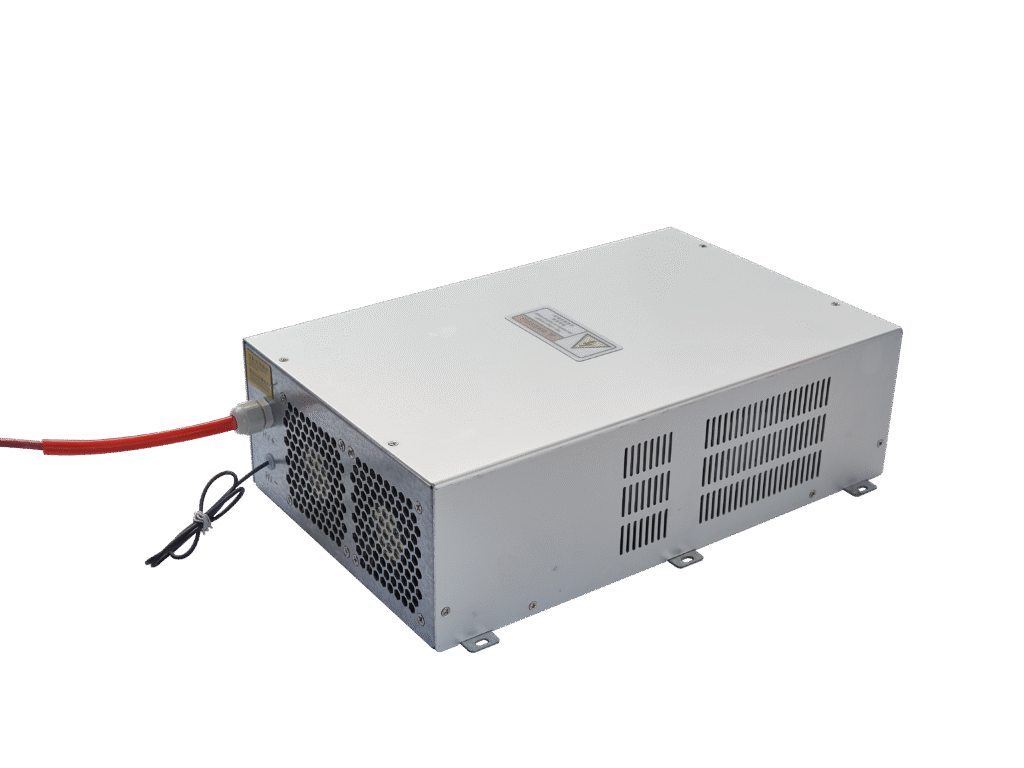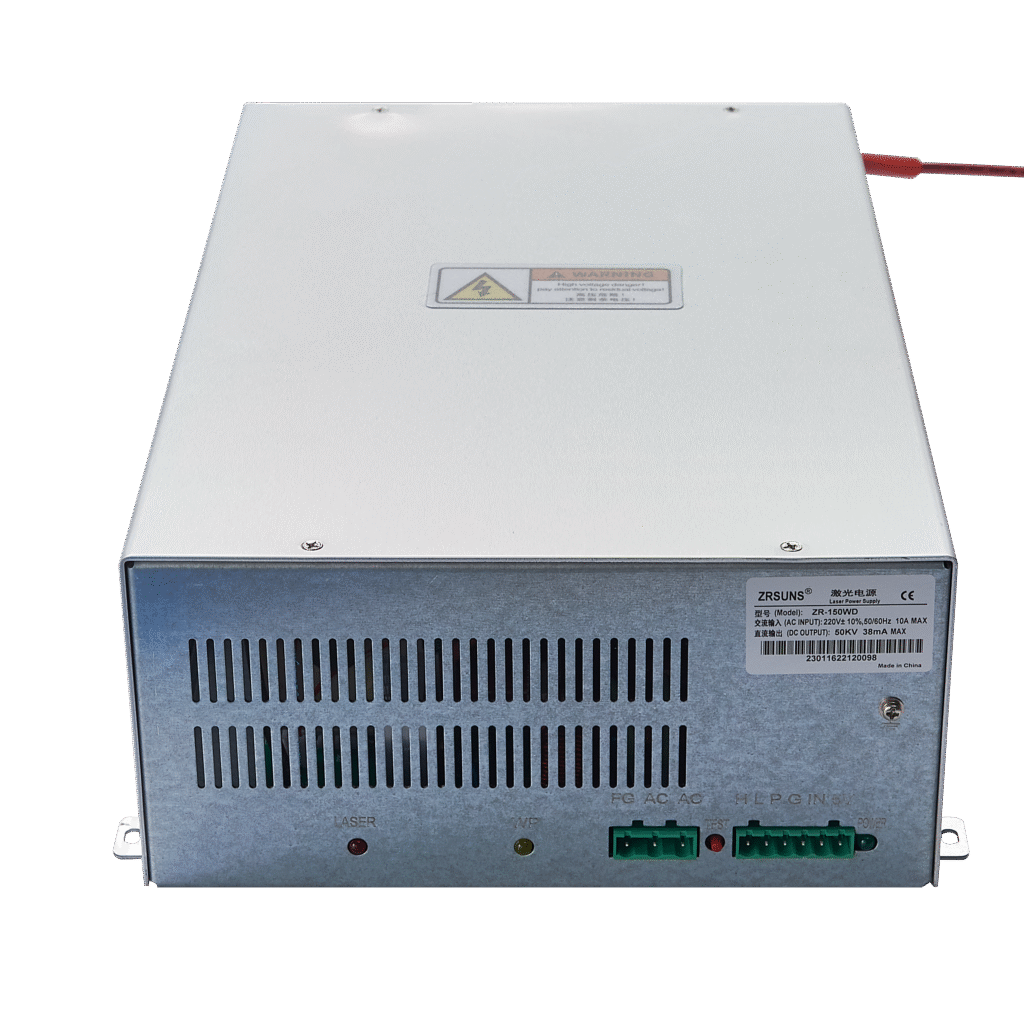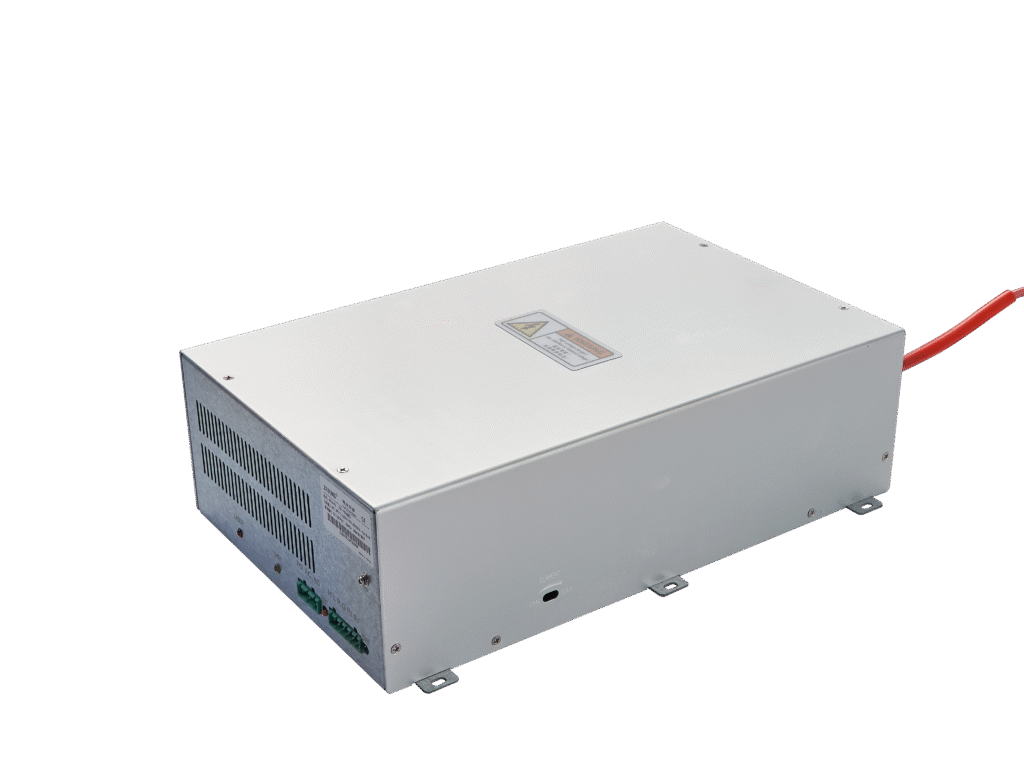When it comes to operating CO2 laser systems, the laser power supply CO2 is an essential component that directly impacts the performance, efficiency, and stability of the entire setup. CO2 laser power supplies represent a category that encompasses various low-power laser applications used across different commercial and specialized industries. Whether you are involved in cutting, engraving, or other industrial applications, understanding the role and features of a laser power supply CO2 is key to achieving high-quality results. This article explores the critical aspects of laser power supplies for CO2 lasers, highlighting their benefits, technical specifications, and how to choose the right one for your specific requirements.
Understanding Laser Power Supply CO2

A laser power supply CO2 is a specialized device designed to deliver the precise electrical energy needed to operate CO2 laser tubes. The power supply converts input energy into a stable output that drives the laser tube, and together they generate the laser beam used in various industrial processes. This laser beam is a form of coherent light, which is fundamental to laser technology. The quality and stability of this power supply directly influence the laser power, power density, and overall laser optics performance. CO2 laser power supplies typically require an AC input voltage, often around 220V, to operate effectively.
One of the main advantages of using a high-performance laser power supply CO2 is its ability to maintain consistent power output, which is crucial for applications requiring accuracy and repeatability. The laser power supply CO2 must be capable of handling fluctuations in input voltage and environmental factors such as humidity ve temperature, ensuring the system operates reliably in diverse conditions. An effective cooling system, such as integrated fans or a separate water cooling system, is necessary to dissipate heat and maintain the power supply within its optimal operating temperature range.
For more detailed information on laser technology and power supplies, you can visit Laser Focus World or explore industry standards at The Laser Institute of America. Additionally, Coherent Inc. offers extensive resources on laser components and power supply systems.
Key Features of a New Power Supply for CO2 Lasers
Bir seçim yaparken new power supply for your CO2 laser system, several features should be considered to maximize efficiency and productivity:
- Easy Control and Stability: Modern power supplies are easily controlled, allowing start/stop functions and power adjustments to be managed effortlessly through TTL signals veya analog inputs. This ease of control helps operators fine-tune the laser output to match specific materials and processes.
- High Efficiency and Quality Components: A power supply with high efficiency reduces energy waste and heat generation, enhancing the system’s lifespan. Quality components also contribute to the stability ve accuracy of the laser output.
- Lightweight and Compact Packaging: The design of the power supply affects the overall weight and size of the laser system. Compact units are beneficial for applications where space and mobility are concerns.
- Protection Features: To protect the machine and extend the life of the laser tube, power supplies often include protections against overvoltage, overcurrent, and overheating, and help protect the laser tube by monitoring water flow and other safety parameters. Many CO2 laser power supplies have output open circuit protection to safeguard the connected laser tube.
- Compatibility with Various Laser Tubes: A versatile power supply can support different types of CO2 laser tubes, making it suitable for a broad range of industrial applications.
Power Supply Requirements for Laser Tubes
Selecting the right power supply for your laser tubes is essential for achieving high-quality and reliable laser cutting results. Each laser tube has specific requirements for voltage, current, and pulse width, and the power supply must be able to deliver a stable and consistent output that matches these needs. For example, a 100W laser tube used in industrial cutting applications will require a power supply capable of higher output voltage and current compared to a 30W tube designed for lighter tasks. Manufacturers must carefully evaluate the power supply’s specifications to ensure it aligns with the laser tube’s demands, as mismatched power supplies can lead to poor cut quality, reduced tube life, or even system failure. Additionally, a well-matched power supply helps maintain the stability of the laser output, which is crucial for precision cutting and engraving. The maximum output voltage of CO2 laser power supplies can reach up to 40,000 volts, which is necessary for laser tube operation. By focusing on the specific requirements of each laser tube, manufacturers can deliver machines that operate efficiently and produce consistently high-quality results.
Types of Power Supplies for Laser Applications
When it comes to powering lasers for various industrial applications, there are several types of power supplies to consider, each offering unique benefits. Switching power supplies are widely favored in high-performance laser cutting machines due to their excellent efficiency, compact design, and lightweight construction. These features make them suitable for environments where space and energy savings are priorities. Linear power supplies, while less efficient and heavier, are often chosen for lower-powered laser applications where stable, low-noise output is required. For applications demanding very high power levels, such as heavy-duty cutting or specialized industrial processes, high-frequency power supplies are the preferred choice, as they can deliver the necessary voltage and current with precision. The efficiency of a CO2 laser power supply is typically over 90% under full load conditions, ensuring effective power delivery. The selection of the right power supply type depends on the specific requirements of the laser system, including the desired power output, efficiency, and the nature of the materials being processed. By matching the power supply to the application, manufacturers can ensure optimal machine performance and longevity.
Power Density and Its Impact on Laser Cutting

Industrial Applications of Laser Power Supply CO2
The use of CO2 lasers spans multiple industries, including metalworking, woodworking, packaging, and electronics. These lasers serve various applications across these industries, such as precision cutting, detailed engraving, and high-speed marking. The laser power supply CO2 plays a vital role in ensuring these systems deliver consistent güç for processes like cutting, engraving, and marking.
In metalworking, for example, the power supply must deliver sufficient watts to cut through thick metals with precision, while maintaining stable power density to avoid material damage. In packaging and acrylic processing, materials and methods that are commonly used in these applications focus on achieving smooth cuts and accurate engravings without generating excessive heat or debris.
Moreover, the ability to easily control the laser intensity and settings allows manufacturers to tailor the process to specific requirements, improving effectiveness and reducing waste. This flexibility makes the laser power supply CO2 a key component in enhancing overall productivity.
Environmental Conditions and Power Supply Stability

The stability and performance of power supplies in laser systems are heavily influenced by environmental conditions such as temperature, humidity, and the presence of dust or debris. Power supplies are designed to operate within a specific temperature range to ensure stable output and prevent overheating, which is critical for maintaining consistent laser quality. High humidity can introduce moisture into the system, potentially leading to short circuits or corrosion, while dust and debris can clog cooling systems and reduce the lifespan of sensitive components. To address these challenges, many power supplies for laser applications are equipped with protective features like conformal coatings, sealed enclosures, and air filters to shield against environmental hazards. For instance, power supplies intended for outdoor or industrial environments often include enhanced protection to ensure stable operation even in harsh conditions. By considering the operating environment and choosing power supplies with appropriate safeguards, manufacturers and operators can maintain system stability and extend the life of their laser equipment.
How to Choose the Right Laser Power Supply CO2
Choosing the appropriate laser power supply CO2 involves considering several factors:
- Power Requirements: Calculate the necessary laser power based on the materials and thicknesses you intend to process. Ensure the power supply can deliver a stable output at the required watts.
- Compatibility and Support: Verify that the power supply matches your laser tube and system specifications. Opt for products from reputable manufacturers and brands that offer reliable support and warranty. It’s also important to check if the desired power supply is in stock to ensure timely procurement and avoid project delays.
- Environmental Conditions: Consider the operating environment, including temperature and humidity, to select a power supply designed to withstand these factors and minimize the risk of failure.
- Price and Quality Balance: While cost is important, prioritize quality ve stability to ensure long-term effectiveness and avoid frequent replacements.
- Additional Features: Look for power supplies with features such as TTL level control, protection mechanisms, and easy integration with your existing laser system.
Troubleshooting Common Power Supply Issues
Maintaining the optimal performance of your laser cutting machine relies on promptly identifying and addressing common power supply issues. Overheating is a frequent problem, often caused by inadequate cooling, high ambient temperatures, or excessive output current. Output voltage fluctuations can result from poor power supply design, failing components, or unstable input voltage, leading to inconsistent laser performance. Current limiting may occur due to short circuits, faulty components, or drawing more current than the power supply is rated for. To troubleshoot these issues, it’s essential to regularly inspect and maintain the power supply, check for signs of wear or damage, and use diagnostic tools like multimeters and oscilloscopes to monitor performance. Additionally, choosing a high-quality power supply from reputable manufacturers can significantly reduce the risk of such problems. Regular cleaning, timely replacement of worn components, and monitoring for fluctuations will help ensure your laser system continues to deliver reliable, high-quality results.
Benefits of Using a High-Quality Laser Power Supply CO2
Investing in a high-quality laser power supply CO2 offers numerous benefits:
- Improved stability ve accuracy in laser output, leading to better cut and engraving quality.
- Enhanced efficiency, as efficient power supplies assist in managing energy consumption, which helps save energy and reduce operational costs.
- Extended life of laser tubes and other components due to consistent power delivery and protection features.
- Greater flexibility to handle a wide range of materials and applications.
- Reduced downtime and maintenance, increasing overall productivity.
Sonuç
Bu laser power supply CO2 is a fundamental part of any CO2 laser system, directly influencing the system’s performance, reliability, and versatility. By understanding the key features, industrial applications, and selection criteria, manufacturers and operators can ensure they choose the right power supply to meet their specific needs.
Whether you are involved in cutting metals, engraving acrylic, or packaging, a stable and high-performance laser power supply CO2 is essential to deliver consistent results and maximize your operational efficiency. When shopping for a power supply, always consider the balance between fiyat, qualityve support to make an informed decision that benefits your business in the long run.




